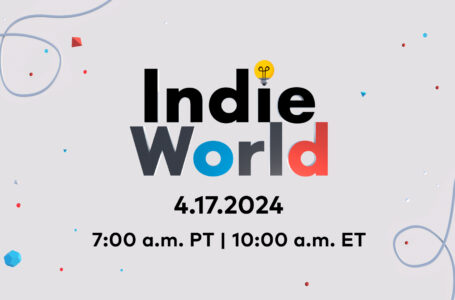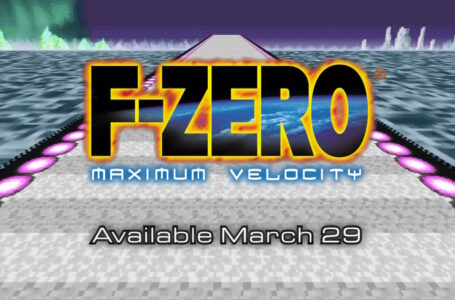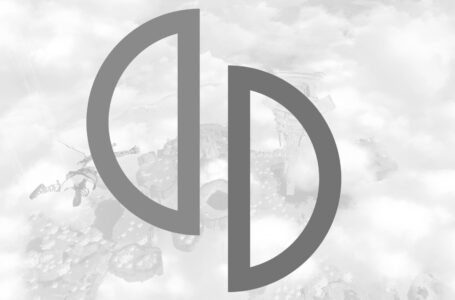Unravelling the threads of the Legend of Zelda timeline
The Legend of Zelda series consists mostly of standalone titles that tell their own individual stories, but despite how tonally different the games can be, all of them exist in the same continuity. Hyrule has persisted throughout the Zelda timeline, and it is always the same Ganon entity who threatens to plunge it into chaos and darkness.
Rather than being a straightforward history, though, the events of The Legend of Zelda: Ocarina of Time on the Nintendo 64 effectively splintered the timeline in three different directions. With Tears of the Kingdom just a few months away, it is a good time to brush up on your lore, including how to follow the fractured Legend of Zelda timeline. Buckle up, folks, ’cause we’re going on a bit of a deep dive.
The Legend of Zelda timeline, explained
Trying to fit all 18 games in the main Zelda franchise into one timeline is tough, but the Hyrule Historia, which was published in 2011, explains exactly where every game that was released at that point fits into the Zelda timeline. That means that we know the exact order of every Zelda game up until the release of Breath of the Wild.
Pre-Split Adventures: Establishing the Demise Cycle
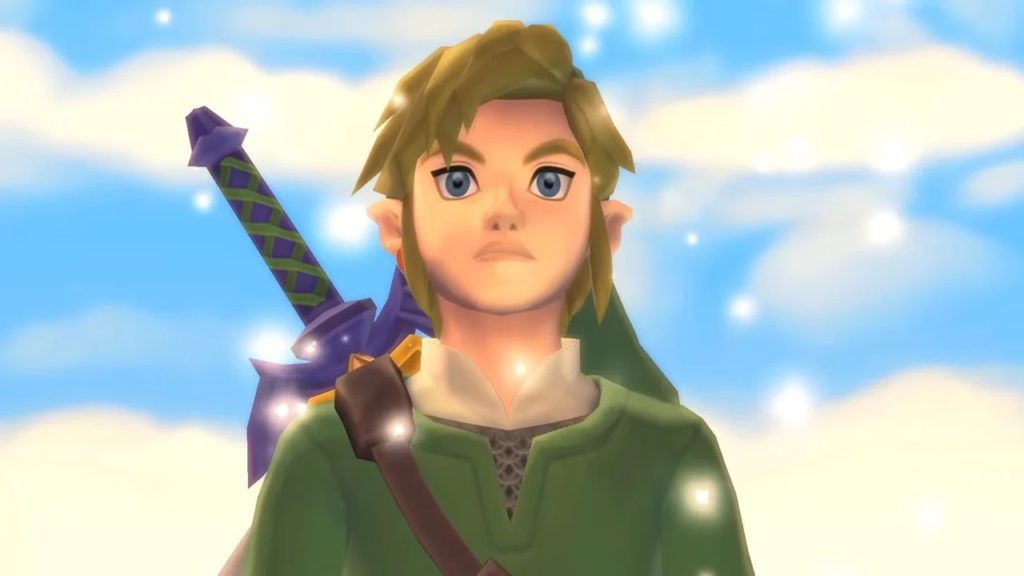
The Legend of Zelda is the story of the Demise cycle. Demise is a demon-king that threatened to overwhelm the world in Skyward Sword, which is chronologically the first game in the Zelda timeline. It is one of the few games that pre-dates the kingdom of Hyrule and establishes the Master Sword’s origin, which was born out of direct opposition to Demise.
At the end of Skyward Sword, Demise has one final threat for Link; he will return throughout time, over and over again, to threaten those who share the “blood of the goddess” and the “spirit of the hero” in an endless cycle of death and destruction.
This establishes the Demise cycle, which would become the basis of every game starting with Ocarina of Time. The few games that take place between Skyward Sword and Ocarina of Time, namely Minish Cap and Four Swords, are solid but don’t contribute much to the Zelda timeline overall in terms of major lore.
The Zelda Timeline Splits
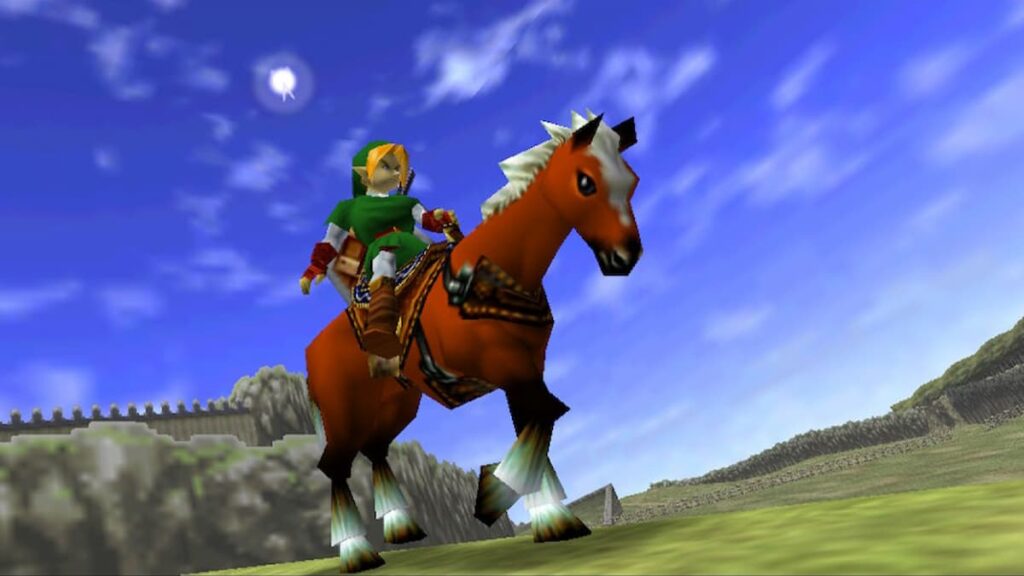
Ocarina of Time, with all its time travel, causes the single branch of the Zelda timeline to become three. This is the first instance of the Demise Cycle coming into play, with the Gerudo king Ganondorf standing as the reincarnation of Demise’s power and hatred. The three branches the game creates are the result of the three possible outcomes at the end of the game.
The Hero is Defeated timeline
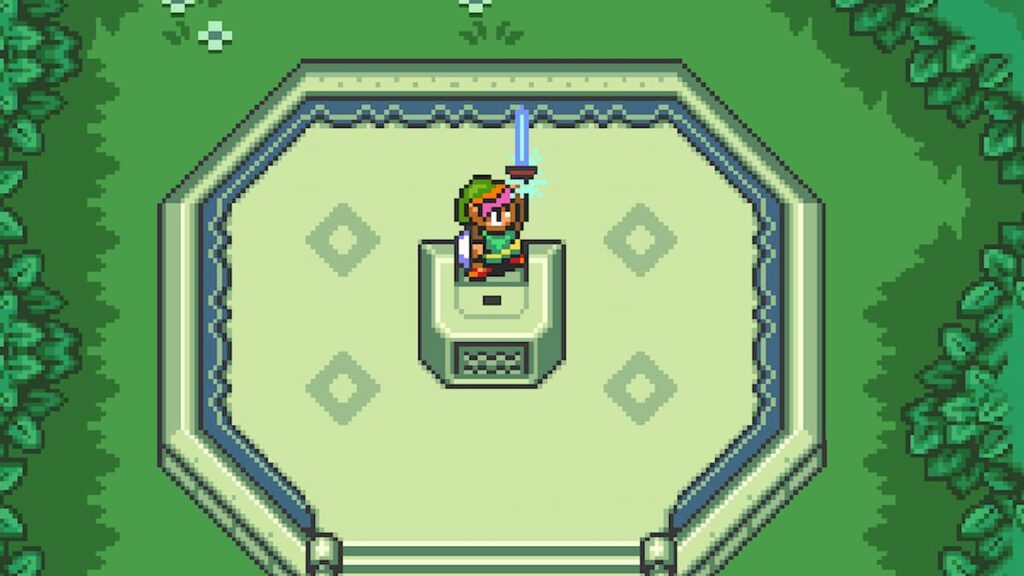
Not all stories have a good ending. There is a branch of the Zelda timeline that assumes Link fails to defeat Ganondorf at the end of Ocarina of Time. This results in a dark timeline in which the Seven Sages use their power to seal the newly born demon king away in the Sacred Realm, but not before he obtains the three pieces of the Triforce. This timeline resulted in many of the earliest Zelda games.
A Link to the Past, Oracle of Ages and Oracle of Seasons, and Link’s Awakening all take place in the Hero is Defeated timeline and follow the adventures of the same Link as he attempts to prevent the resurrection of Ganon. A Link Between Worlds also fits into this part of the timeline. And this is the world that we see in both the original The Legend of Zelda and its direct sequel, The Adventure of Link, which unfold many generations later.
The Hero is Triumphant timeline – Child Branch
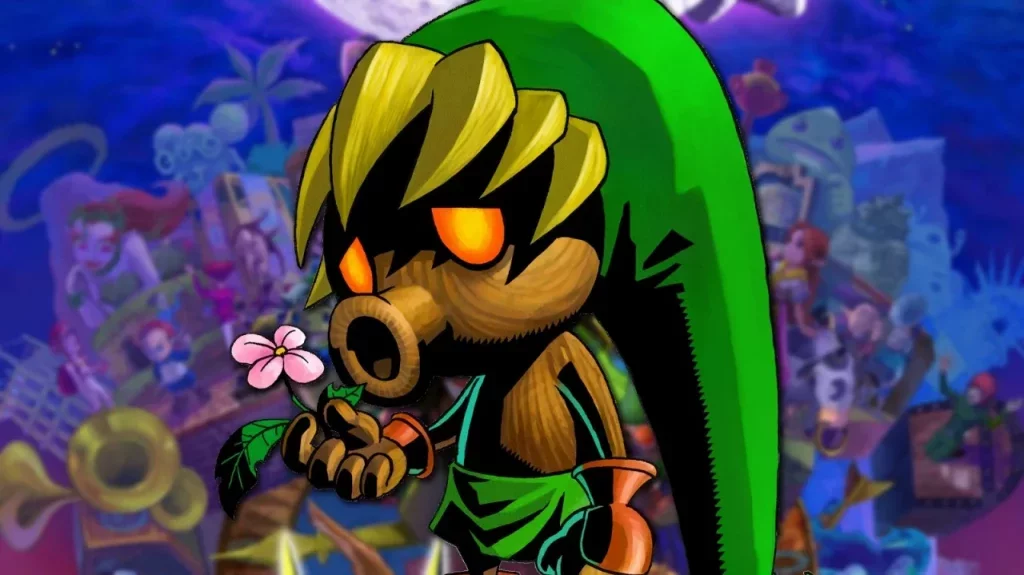
When Link defeats Ganon at the end of Ocarina of Time, he is sent back in time by Zelda for two reasons. The first is to warn the royal family about Ganondorf’s true intentions and prevent the events of Ocarina of Time from taking place. The second is to allow Link to live out his childhood in peace, returning to him the years that were stolen when he was trapped by the Master Sword.
This act of kindness would have disastrous results for the Adult Zelda’s timeline, but for the Child Timeline, it creates an era of peace. Majora’s Mask¸ one of the most underrated Zelda games of all time (HELL YES – Ed.), takes place immediately after Link’s return to this timeline. Ages later, we get Twilight Princess and Four Swords Adventures. This is generally considered the “good” timeline of the Legend of Zelda, where the Hero’s spirit continues to be reborn when the world is in peril.
The Hero is Triumphant timeline – Adult Branch
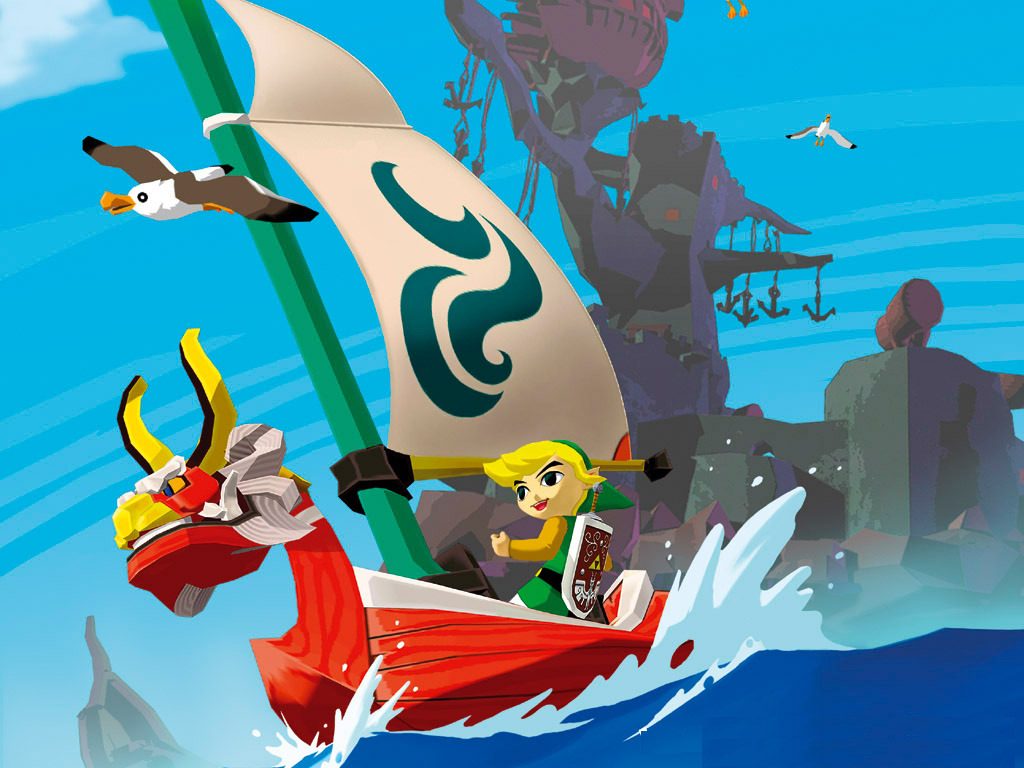
The act of kindness that Princess Zelda showed Link by sending him back in time also doomed her own timeline. When Link returned to his childhood body, he took the “spirit of the hero” that is mentioned at the end of Skyward Sword with him. That meant that when Ganon was reborn, there was no hero to oppose him. Rather than let the world be overrun with darkness, the gods instead flooded the land to stop Ganon from enacting Demise’s promise to destroy the world.
This sets up the events of The Wind Waker, Phantom Hourglass, and, after a great passage of time, Spirit Tracks. It is worth remembering that the Link that steps into the role of hero in these games is not the hero chosen by the gods in the same way that previous Links were, because that spirit no longer exists in this timeline. He is just a regular guy caught up in events way over his head.
The end of the Demise Cycle
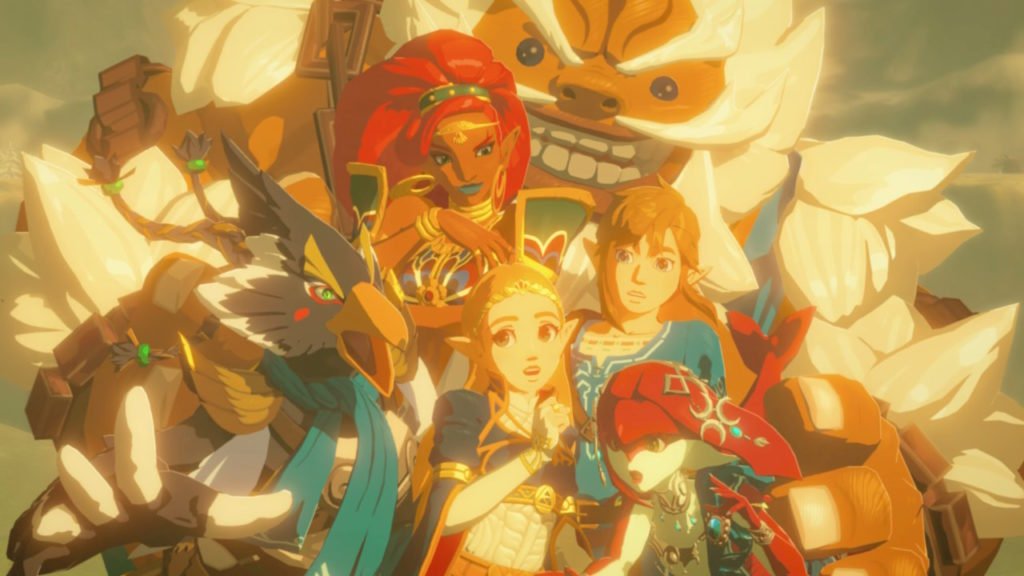
If Skyward Sword represents the start of the Demise Cycle that would dominate the Legend of Zelda series, then Breath of the Wild is the end of it. Ganon throws off the trappings of his human form and embraces the demonic spirit that dwells within him to become Calamity Ganon. Hyrule falls and for one hundred years Zelda attempts to keep this darkness at bay until Link can be restored to health.
Nintendo has been tight-lipped about which of the Zelda timelines Breath of the Wild fits into. The fact that there are references to games from all three timelines only causes more confusion. All that Nintendo has said is that Breath of the Wild and Tears of the Kingdom take place at the end of the Zelda timeline, implying that, at some point, the three timelines merge back together.
While we still have months of speculation before the release of the next game in the series, the fact that most of the imagery from Tears of the Kingdom is reminiscent of Skyward Sword, from the floating islands in the sky to the way that Link leaps off of them, seems to imply that this will explore the end of the Demise Cycle. Whether Nintendo will go so far as to fully cap off the Zelda timeline remains to be seen, but at the least, it will probably show us how this version of Link and Zelda finally put an end to this recurring darkness.
Join The Discussion
Rice Digital Discord
Rice Digital Twitter
Rice Digital Facebook
Or write us a letter for the Rice Digital Friday Letters Page by clicking here!
Disclosure: Some links in this article may be affiliate links, which means we may earn a small commission if you make a purchase after clicking on them. This is at no additional cost to you and helps support Rice Digital!
- Six of the best Stands in JoJo’s Bizarre Adventure - June 2, 2023
- 4 of the best JRock tracks from May - June 1, 2023
- Hump Day Husbandos: Guts (Berserk) - May 31, 2023




